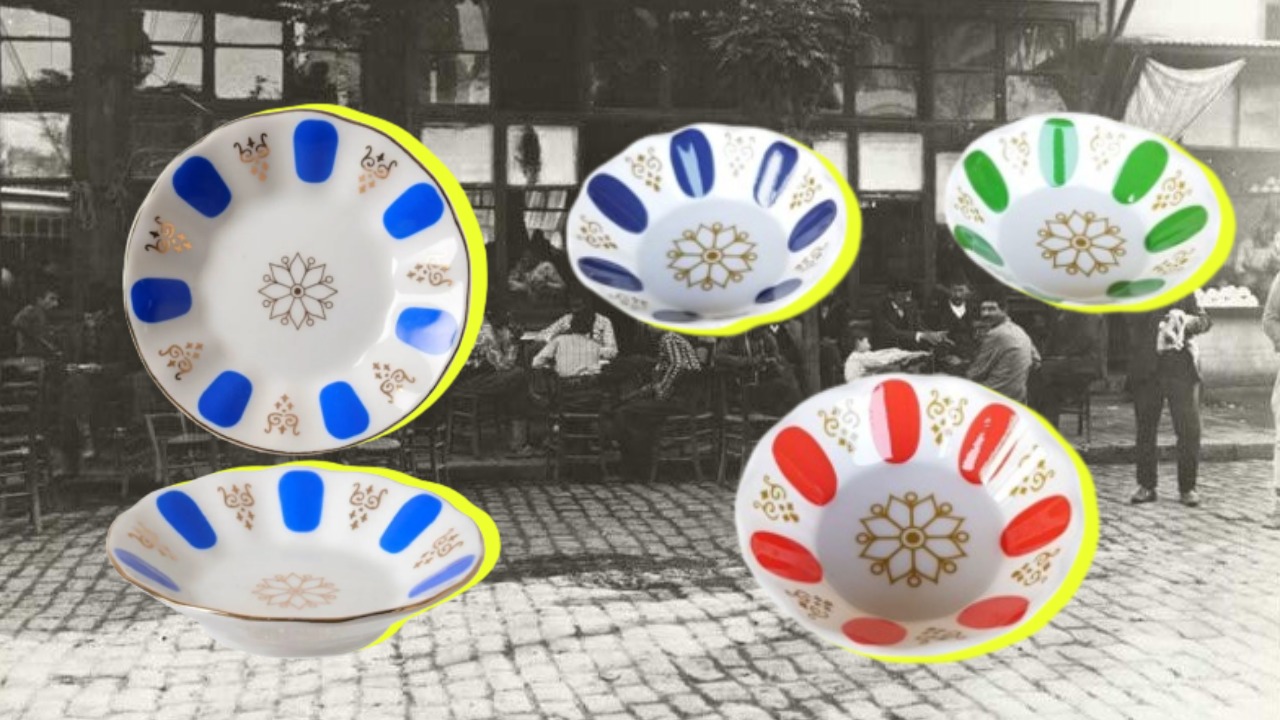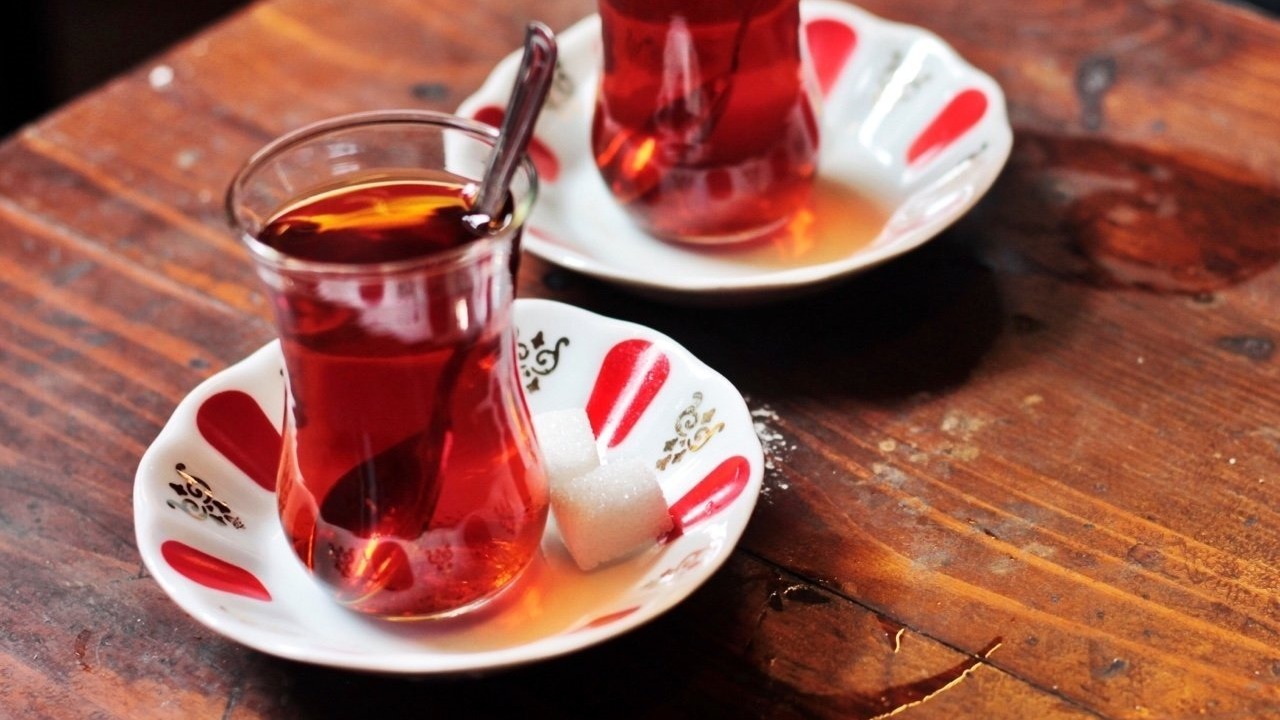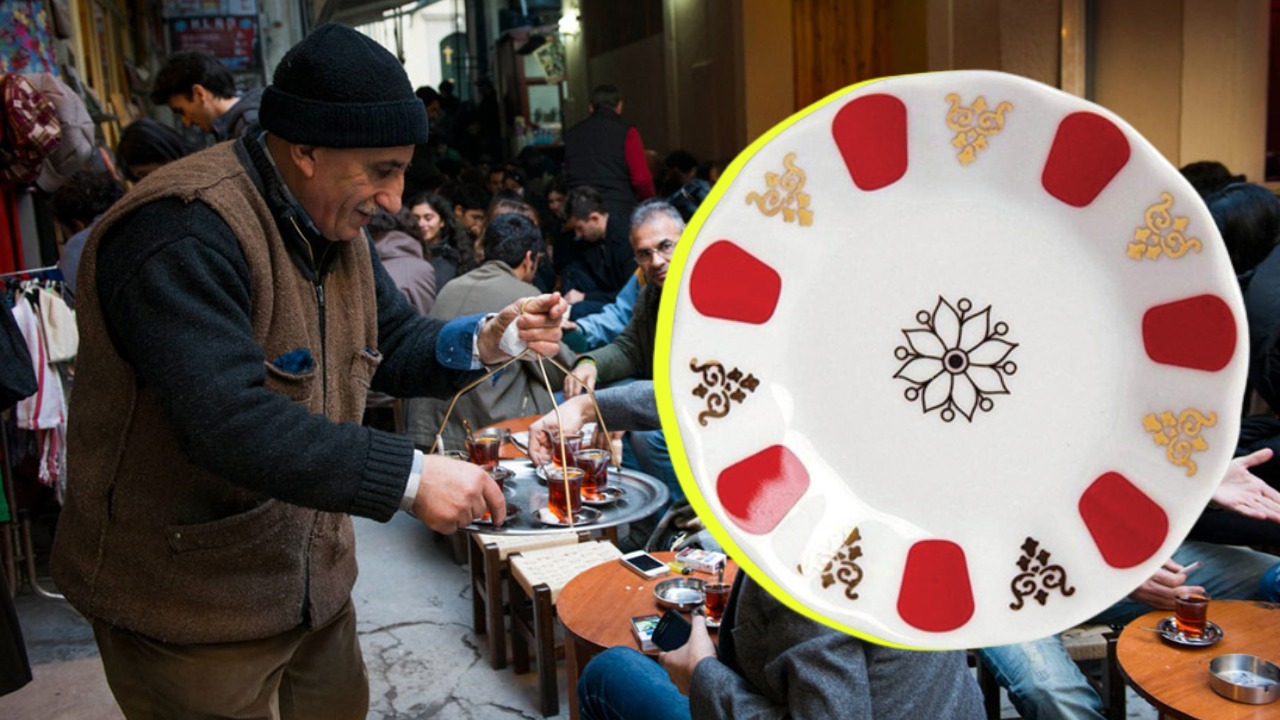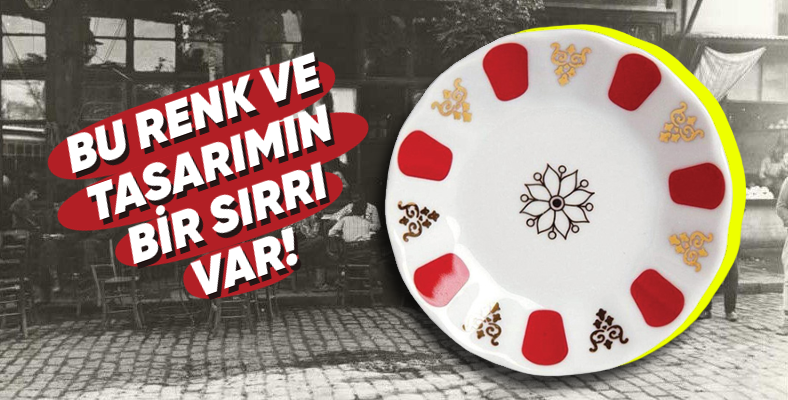Regardless of how old we are and what time of day it is, tea is undoubtedly one of the indispensable drinks of all of us. In addition to this flavor, the accompanying plates are the permanent complements of this tea tradition, which has been going on for many years.
When it comes to the tea plate, although there are a wide variety of models, the one that comes before our eyes directly red and white platesreminds us of coffee and coffee houses and takes us back to the past by making us say “hey good days”.
Well, what keeps its continuity from yesterday to today and makes you think that tea is even more delicious. the secret of this plate Have you ever wondered?
The name of this plate, which has become traditional and nationalized at the same time in Turkey, is actually “Persian tea plate”.
As the name suggests, the origin of this plate is thought to belong to Iran, and it is called “nalbeki” in this region. This tea plate, which has been used for many years and still exists today, It’s unclear who owns the design..
It is estimated that Istanbul Porcelain is the organization that produced and distributed this design in the first place in Turkey. In fact, it is known that the molds that gave shape to this plate still exist and its production continues in this way.
So why does the tea we drink on these tea plates always taste different?

The colors and shapes on the horseshoes are more of a random design. a few hidden meanings contains. In the first place, when we catch our eye on this tea plate, the vibrant red colors attract our attention. Although the use of blue and green colors continues, albeit rarely, the color of white dominates the rest of the design of the plate, besides the reds on these plates, which are generally nationalized by their redness.
The meaning of these reds, make the rabbit blood appear when the tea comes. If the whole plate was red, we would probably think that the tea was bitter and stale at first.
Considering the effects of colors on us, if the plate was completely red, negative areas would be redundant. In fact, the purpose of using white in design in general is to disperse this negative perception. In this way, the tea that comes before us with this tea plate, give us your delicious impression gives.
The colors are ok, what about the motifs?

The flower motif in the middle of the nalbeki claw name is given. In addition to being a pattern that is often seen in ornamental products belonging to Turkish art, penç means “5” in Persian and this motif is named according to the number of leaves.
Red spots on the side represents fingerprints. There are various opinions that it refers to the days of the week because there are 7 and 7 of them. It is even rumored that the red spots on these plates, which are known to be made in some villages and towns, have the touch of peasant women.
Another flower figure that continues next to the red spots is Rumi.

Rumi, which is used as an important motif in every era and has many different varieties,Anatolian” means. The motif was given this name because the Anatolian peninsula, which once stretched to the Iranian highlands, was called “Diyar-ı Rum”.
The meanings hidden behind these tea plates, which take each of us to different places and integrate the tea drinking culture, are actually for these reasons. to use and to drink tea more enjoyable. contributes.
RELATED NEWS
They Go Well With Tea: 15 Legendary Snacks We Can’t See On Market Shelves Now
RELATED NEWS
